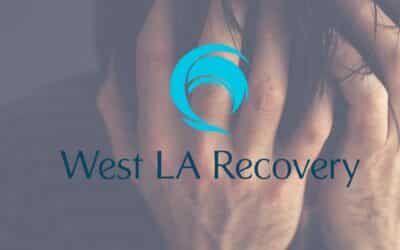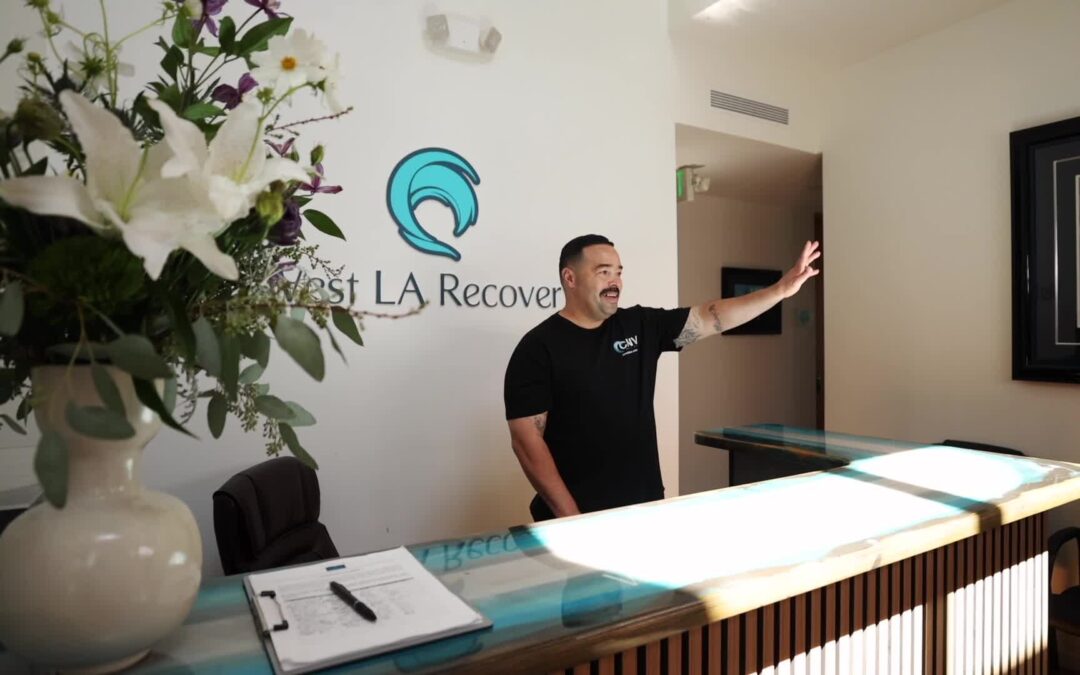What Are Psychoactive Drugs?
Psychoactive drugs are chemical substances that affect your brain function, altering your perception, mood, consciousness, and behavior. These substances work by targeting your central nervous system, creating significant changes in how you think, feel, and interact with your environment.
Key characteristics of psychoactive substances include:
- Direct impact on brain chemistry
- Ability to alter mental processes
- Potential to cause dependence
- Varied effects on physical health
Categories of Psychoactive Substances
Psychoactive substances fall into distinct categories based on their primary effects:
- Stimulants: cocaine, amphetamines
- Depressants: alcohol, benzodiazepines
- Hallucinogens: LSD, psilocybin
- Opioids: heroin, prescription painkillers
- Cannabis: marijuana, THC products
Understanding these substances’ effects is crucial for your health and safety. Each category interacts differently with your brain’s neurotransmitters, potentially leading to both short-term and long-term health consequences. These effects can range from mild mood changes to severe physical and psychological dependencies.
The Impact of Psychoactive Drugs on Your Brain
Your brain’s natural chemical balance is delicate – psychoactive substances can disrupt this balance, affecting everything from your sleep patterns to your decision-making abilities. This disruption can lead to significant changes in your daily functioning, relationships, and quality of life.
If you or someone you know is struggling with the effects of psychoactive drugs, it’s important to seek professional help. West LA Recovery offers a variety of services to assist individuals in overcoming substance dependence. For more information or to reach out for help, please visit our page.
Understanding the Different Types of Psychoactive Drugs
Psychoactive substances can be classified into different categories, each with its own way of affecting the brain and body:
1. Depressants
- Examples: Alcohol, benzodiazepines, barbiturates
- Effects: Slowed brain function, reduced anxiety, drowsiness, impaired coordination
2. Stimulants
- Examples: Cocaine, methamphetamine, ADHD medications
- Effects: Increased energy, alertness, elevated heart rate, reduced appetite
3. Opioids
- Examples: Heroin, morphine, prescription painkillers
- Effects: Pain relief, euphoria, sedation, respiratory depression
4. Hallucinogens
- Examples: LSD, psilocybin mushrooms, DMT
- Effects: Altered perception, sensory distortions, changes in thought patterns
5. Cannabis
- Examples: Marijuana, hash, synthetic cannabinoids
- Effects: Relaxation, altered sensory perception, changes in mood
Each category interacts with specific neurotransmitter systems in your brain:
- Depressants enhance GABA activity, creating calming effects.
- Stimulants boost dopamine levels, triggering reward pathways.
- Opioids bind to specialized receptors, blocking pain signals.
- Hallucinogens alter serotonin systems, changing perception and consciousness.
- Cannabis affects cannabinoid receptors, impacting mood and sensation.
The intensity and duration of effects vary based on:
- Method of consumption
- Dosage
- Individual physiology
- Drug purity
- Presence of other substances
Understanding these categories helps identify potential risks and appropriate treatment approaches. Different substances require specific medical interventions and withdrawal management strategies. The effects can range from mild to severe, with some substances carrying higher risks of dependence than others.
The Role of New Psychoactive Substances (NPS) in Modern Society
New Psychoactive Substances (NPS) represent a significant shift in the drug landscape. These synthetic compounds, also known as “designer drugs,” are created to mimic the effects of traditional illicit substances while attempting to circumvent existing drug laws.
The rapid emergence of NPS presents unique challenges:
- Chemical Modifications: Manufacturers constantly alter molecular structures to create substances that aren’t yet classified as illegal
- Unknown Health Risks: Limited research exists on short and long-term effects
- Marketing Tactics: Often sold as “legal highs” or “research chemicals”
- Detection Challenges: Standard drug tests may not identify these substances
The digital marketplace has accelerated NPS distribution:
- Online forums sharing user experiences
- Dark web marketplaces enabling anonymous purchases
- Social media platforms facilitating distribution networks
The medical community faces significant hurdles treating NPS-related emergencies due to:
- Unpredictable drug interactions
- Varying potency levels
- Limited antidote availability
- Rapidly changing chemical compositions
Law enforcement agencies worldwide report increasing seizures of NPS, indicating their growing presence in drug markets. These substances pose unprecedented risks due to their experimental nature and lack of quality control in production.
Substance Abuse Trends: Understanding the Current Landscape
Recent data reveals significant shifts in substance abuse patterns across the United States. The rise of synthetic opioids, particularly fentanyl, has created unprecedented challenges in public health. These potent substances have infiltrated various drug supplies, leading to increased overdose risks.
Prescription drug misuse remains a critical concern, with benzodiazepines and stimulants showing elevated usage rates. The COVID-19 pandemic has amplified these trends, as isolation and mental health challenges drove many individuals toward substance use.
Key emerging patterns include:
- Polysubstance use – combining multiple drugs simultaneously, a trend that has significantly worsened the opioid overdose crisis according to recent studies from the Pew Trusts.
- Cannabis concentrates – higher potency products gaining popularity
- Counterfeit pills – fake prescription medications containing dangerous substances
- Digital drug markets – increased access through online platforms
These trends affect communities through:
- Strain on emergency medical services
- Rising healthcare costs
- Increased crime rates
- Workplace productivity losses
- Family system disruptions
The medical community reports concerning patterns in younger demographics, with vaping-related substances and prescription medication abuse becoming more prevalent. Mental health conditions often intertwine with these substance use patterns, creating complex treatment needs.
Local communities face unique challenges as drug availability and usage patterns vary by region. Urban areas see different trends compared to rural locations, requiring tailored intervention approaches based on specific community needs.
California’s Progressive Approach Towards Psychoactive Drug Legislation
California is leading the way in reforming drug policies, with innovative laws changing how the state deals with psychoactive substances. One key initiative is State Senator Scott Wiener’s Senate Bill 58, which aims to decriminalize certain psychedelics like psilocybin and DMT.
Current Legislative Efforts
The state’s laws currently include:
- Harm Reduction Programs: Expanded access to needle exchange programs and safe consumption sites
- Drug Court Reforms: Prioritizing treatment over incarceration for non-violent drug offenses
- Cannabis Legislation: Continued refinement of recreational marijuana laws and regulations
Recent Policy Changes
In addition to these ongoing efforts, recent policy updates have also tackled:
- Reduced criminal penalties for personal possession
- Increased funding for addiction treatment programs
- Support for research into therapeutic applications of psychedelics
These forward-thinking measures are in line with scientific research indicating that treating substance use as a public health issue instead of a criminal one leads to better results. The state’s approach focuses on:
“Treatment and support over punishment and stigma”
Impact on Local Communities
California’s evolving drug policies serve as a model for other states, showing how evidence-based legislation can create more effective responses to substance use challenges. Local communities have reported reduced overdose rates and increased treatment engagement where these policies have been implemented.
To further support these efforts, drug rehabilitation centers across California are providing evidence-based treatment for those struggling with addiction. These facilities emphasize holistic approaches, addressing not just the physical aspects of addiction but also the mental and spiritual facets. This holistic drug rehabilitation is crucial in ensuring lasting recovery and helping individuals unlock their full potential.
Understanding Harm Rankings Among Different Drugs: A Balanced Perspective
Scientists and researchers use specific methodologies to assess and rank the potential dangers of different psychoactive substances. These rankings consider multiple factors:
1. Physical Harm Metrics:
- Direct toxicity to organs
- Risk of overdose
- Withdrawal severity
- Injection risks
2. Social Impact Measures:
- Crime rates
- Family disruption
- Economic costs
- Healthcare burden
3. Dependency Factors:
- Psychological addiction potential
- Physical dependence risk
- Pleasure/reward intensity
- Ease of addiction
Research consistently shows alcohol and heroin ranking among the most harmful substances when combining all these factors. Interestingly, some illegal drugs score lower on harm scales than certain legal substances.
The Nutt Scale, developed by Professor David Nutt, provides a comprehensive scoring system that evaluates both individual and societal impacts. This scale has revolutionized how we understand drug risks by introducing evidence-based metrics rather than relying on traditional drug classifications.
Recent studies incorporate additional factors such as:
- Environmental impact
- Healthcare costs
- Emergency room visits
- Long-term disability rates
These scientific approaches to harm assessment help shape evidence-based treatment strategies and inform public health policies. Understanding these rankings enables healthcare providers to prioritize resources and develop targeted intervention programs.
Seeking Help for Substance Dependence: Why Professional Support Matters
Breaking free from substance dependence requires more than willpower alone. Professional support provides essential tools, medical expertise, and evidence-based treatments that significantly increase your chances of successful recovery.
Key Benefits of Professional Treatment:
- Medical supervision during detoxification
- Personalized treatment plans tailored to your needs
- Access to therapeutic interventions and counseling
- Support groups and peer connections
- Aftercare planning for long-term success
Available Resources for Recovery:
- 24/7 Helplines: Immediate support when you need it most
- Rehabilitation Centers: Inpatient and outpatient treatment options
- Licensed Therapists: Specialized in addiction treatment
- Support Groups: NA, AA, and other community-based programs
- Medical Professionals: Doctors and psychiatrists experienced in addiction medicine
Your path to recovery starts with reaching out. Our experienced team understands the complexities of substance dependence and provides compassionate, judgment-free care. We’re here to help you navigate treatment options and create a recovery plan that works for your unique situation.







